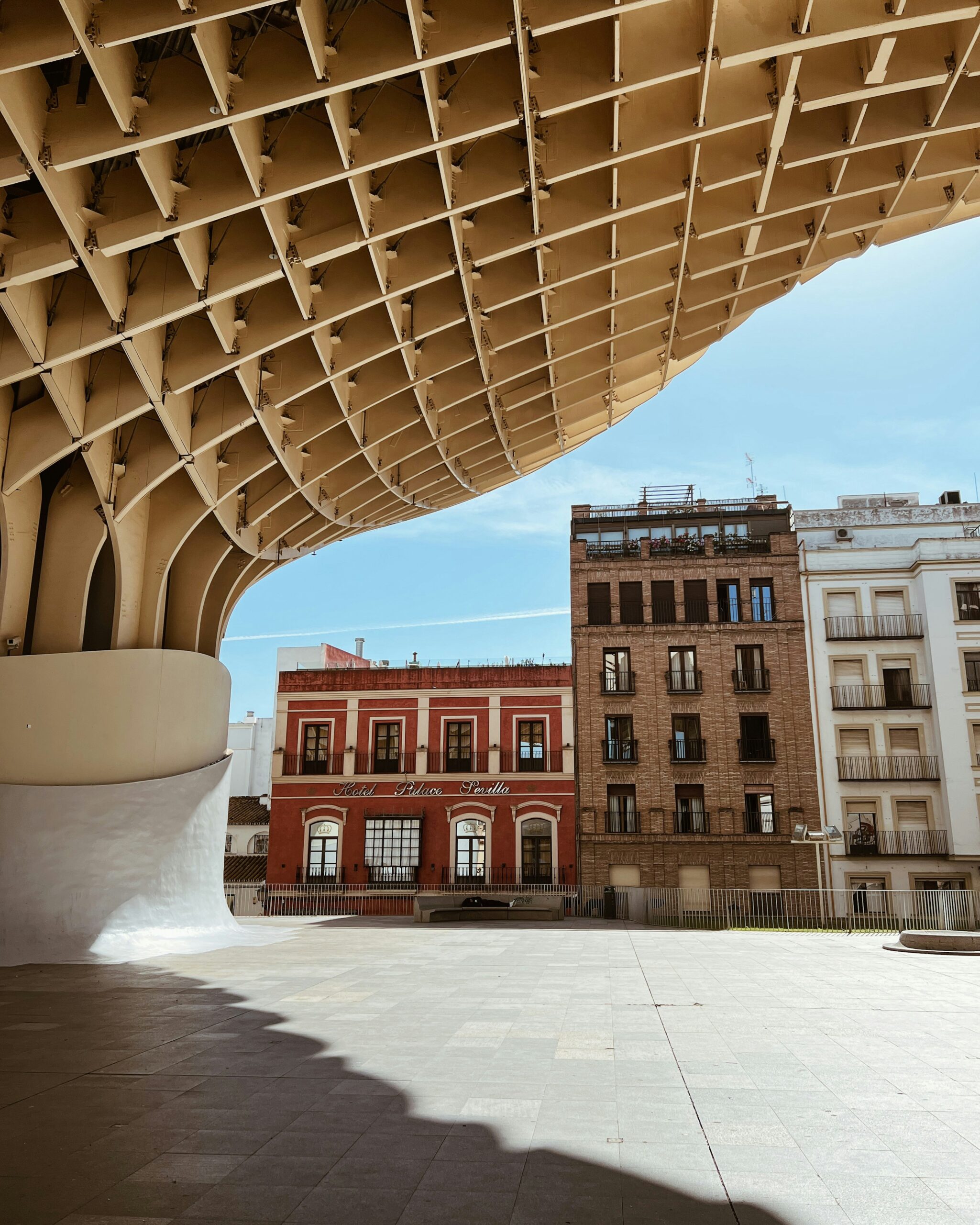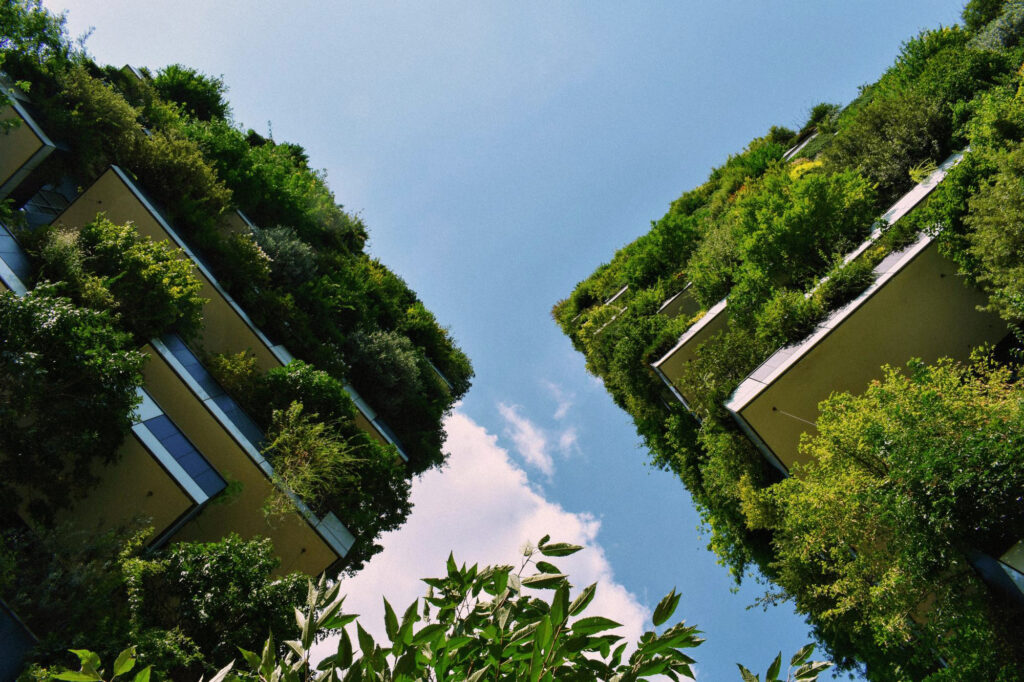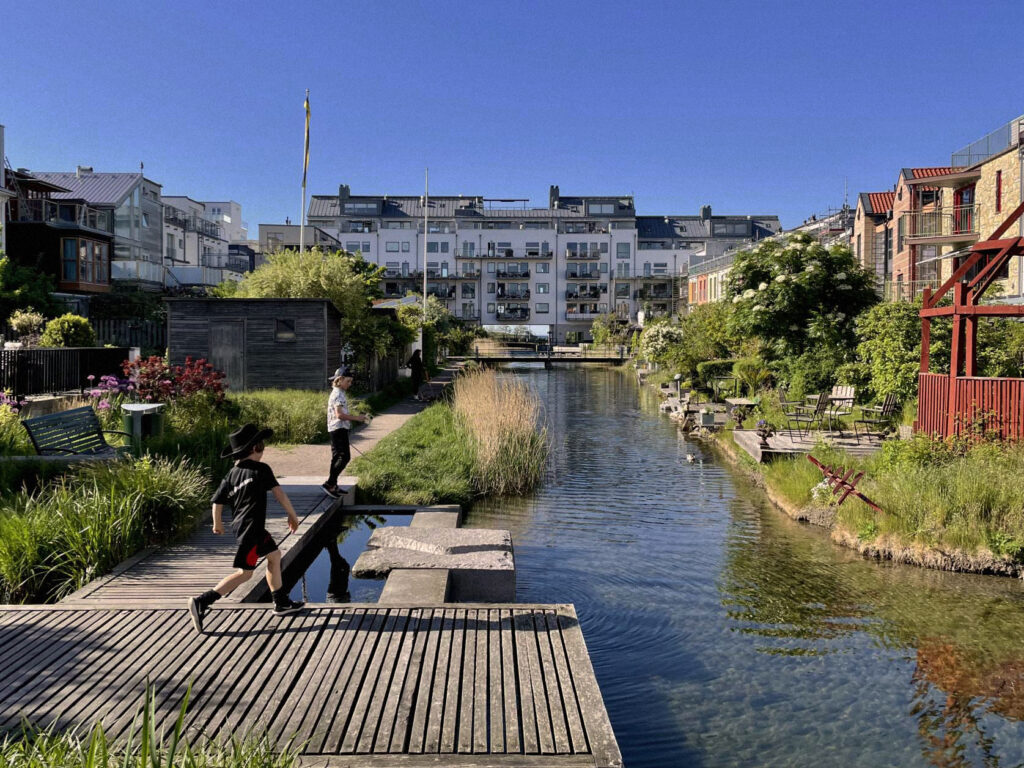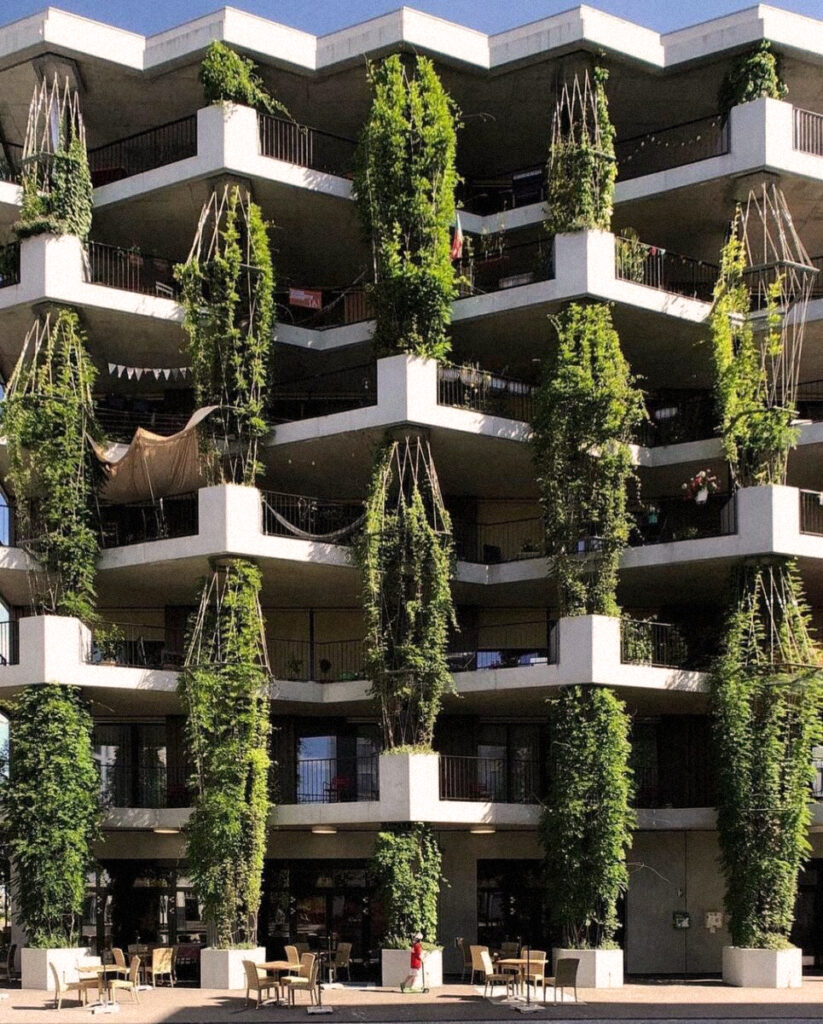
Urban Cooling: The Next Great Design Challenge
This summer, cities sweltered. Subways simmered, sidewalks shimmered, and shade became currency. With temperatures soaring and more people living in urban centers than ever before, cooling is no longer just a seasonal concern, it’s a design emergency. But in the hands of today’s most visionary urban thinkers, it’s also a creative frontier.
by Anamaria Roa
Climate Response as Design Language
For decades, cooling strategies were invisible: HVAC units humming behind walls, AC dials cranked up, infrastructure built to seal out the heat. Today, cities are turning that logic inside out. Cooling is moving into public view, reshaping buildings, reconfiguring streets, rethinking what livability looks like.
The shift is both aesthetic and strategic. In Paris, over 800 “cool islands”—misted parks, fountains, shaded gardens—are mapped through an app, transforming heat adaptation into urban navigation. In Brisbane, reflective roofs, misting corridors, and car-free zones make cooling feel like a lifestyle. In Seville, wide fabric canopies stretch across historic plazas, casting shade as a civic gesture.
Each of these interventions carries the same quiet argument: that cooling can—and should—be visible, integrated, and beautiful.
Heat Resilience, Tailored to Place
There’s no one-size-fits-all approach. Cities adapt in ways that reflect their geographies, economies, and cultures.

- Medellín transformed its hottest streets into “green corridors,” weaving bike paths, trees, and public transit into ecological infrastructure that cools while employing locals.
- Zürich mandated green roofs decades ago, using them to absorb heat and link biodiversity networks across the city.
- Doha, facing 45°C summers, opts for high-tech solutions: cooled sidewalks, misting arches, and underground water systems.

Even housing is being reimagined. The S11 House in Malaysia eliminates air conditioning entirely through smart shading and evaporative pools. Eastgate Centre in Zimbabwe uses termite-inspired design to passively regulate temperature. In each case, comfort isn’t outsourced to machines, it’s embedded into the very bones of a building.
Cool by Design, Not Default
What connects these examples is intention. A belief that climate response doesn’t have to compromise design, but can drive it. Nature-based solutions like tree canopies or reflective surfaces often outperform mechanical systems, cooling cities while restoring ecosystems, cleaning air, and managing water.

And when tech is involved, the most effective solutions are integrated into broader urban strategies: cooling that coexists with low-emission mobility, renewable energy, or social policy.
In a world that’s only getting hotter, these interventions offer a roadmap, a reimagining of what cities can look and feel like.
A cooler city isn’t just one with lower temperatures. It’s one that’s calmer, slower, more livable. Where shade is deliberate, materials are responsive, and streets invite rather than repel.
Urban cooling is more than climate adaptation, it’s design justice. And it might just be the most important aesthetic of our time.


